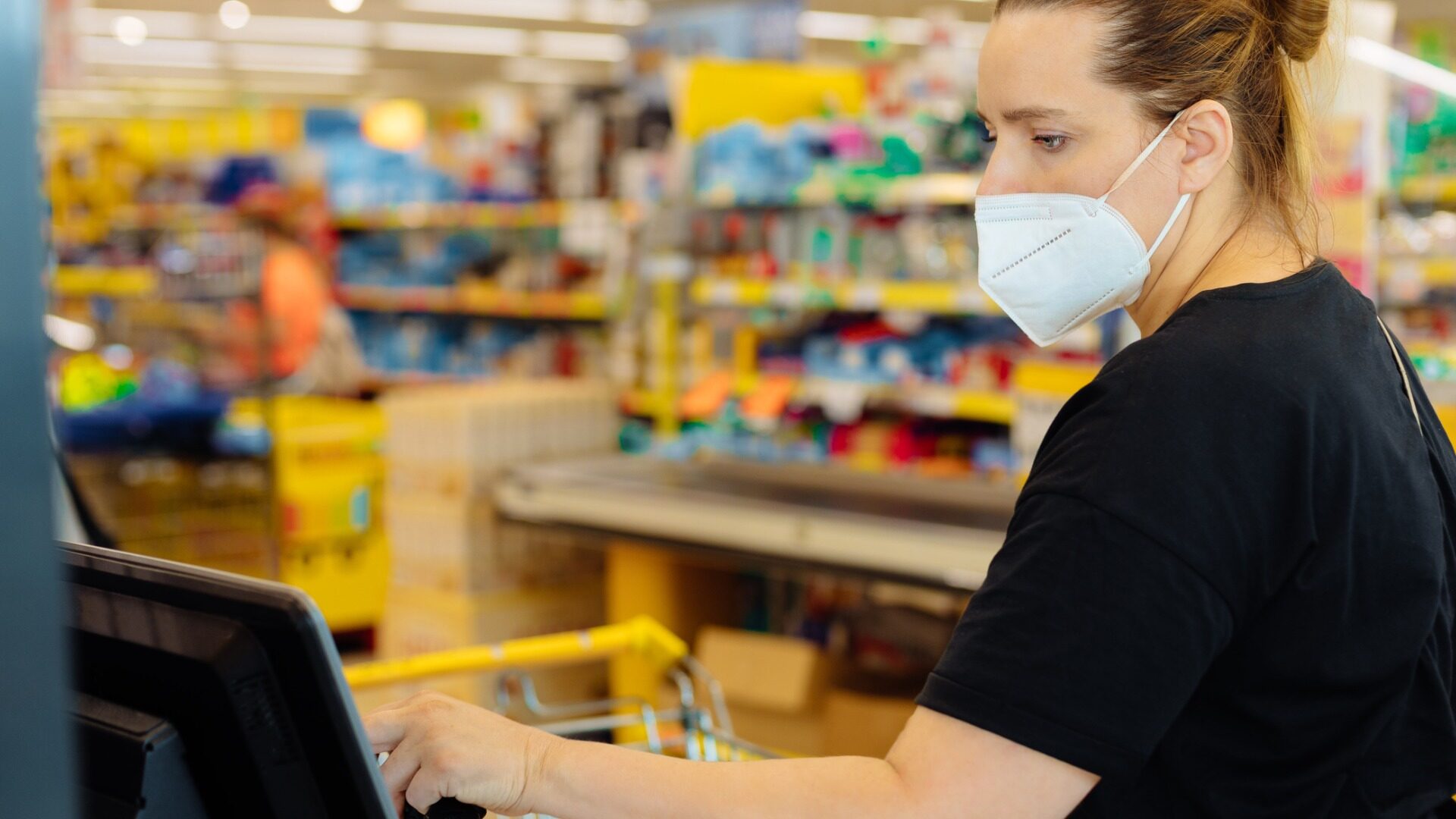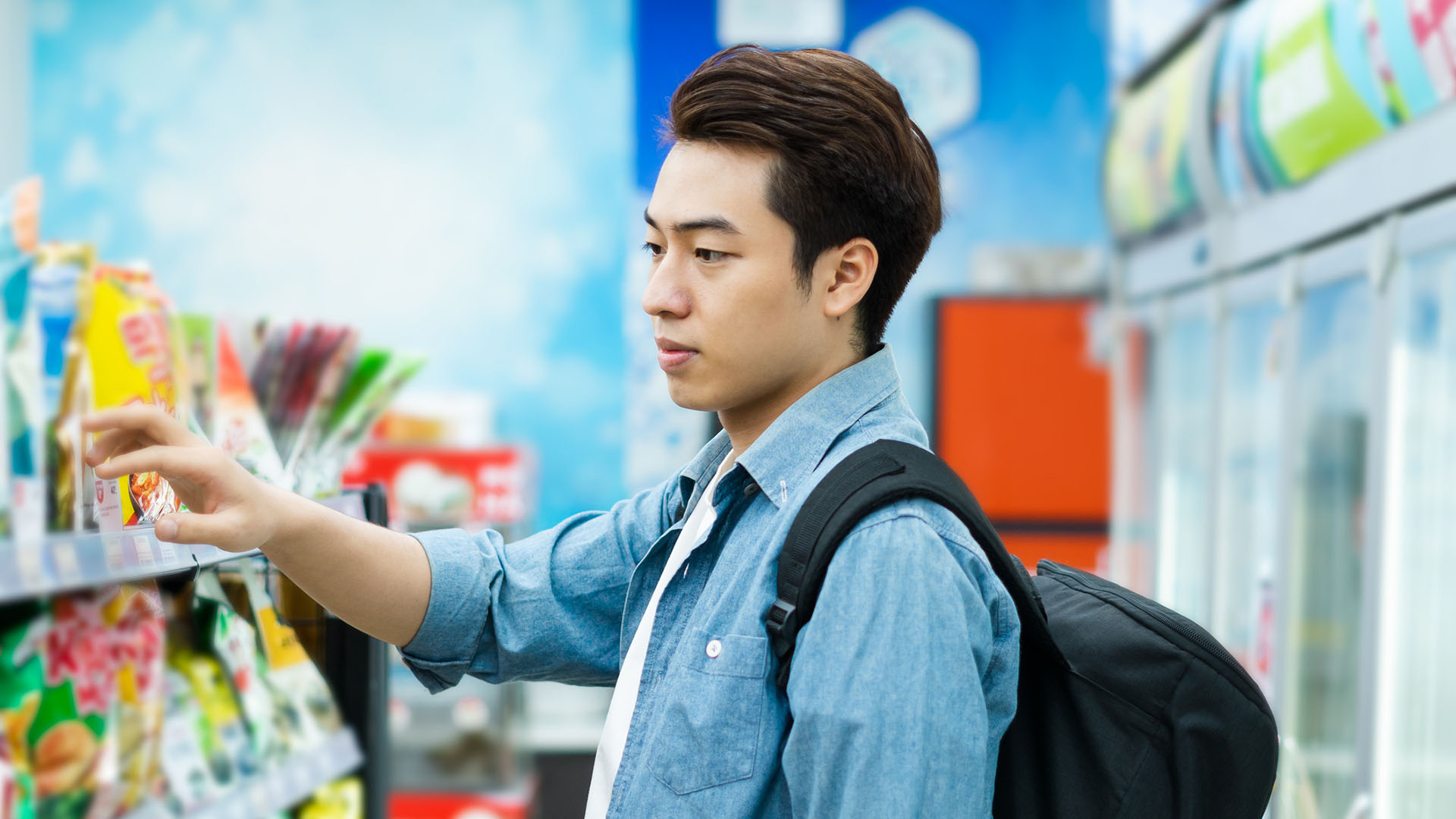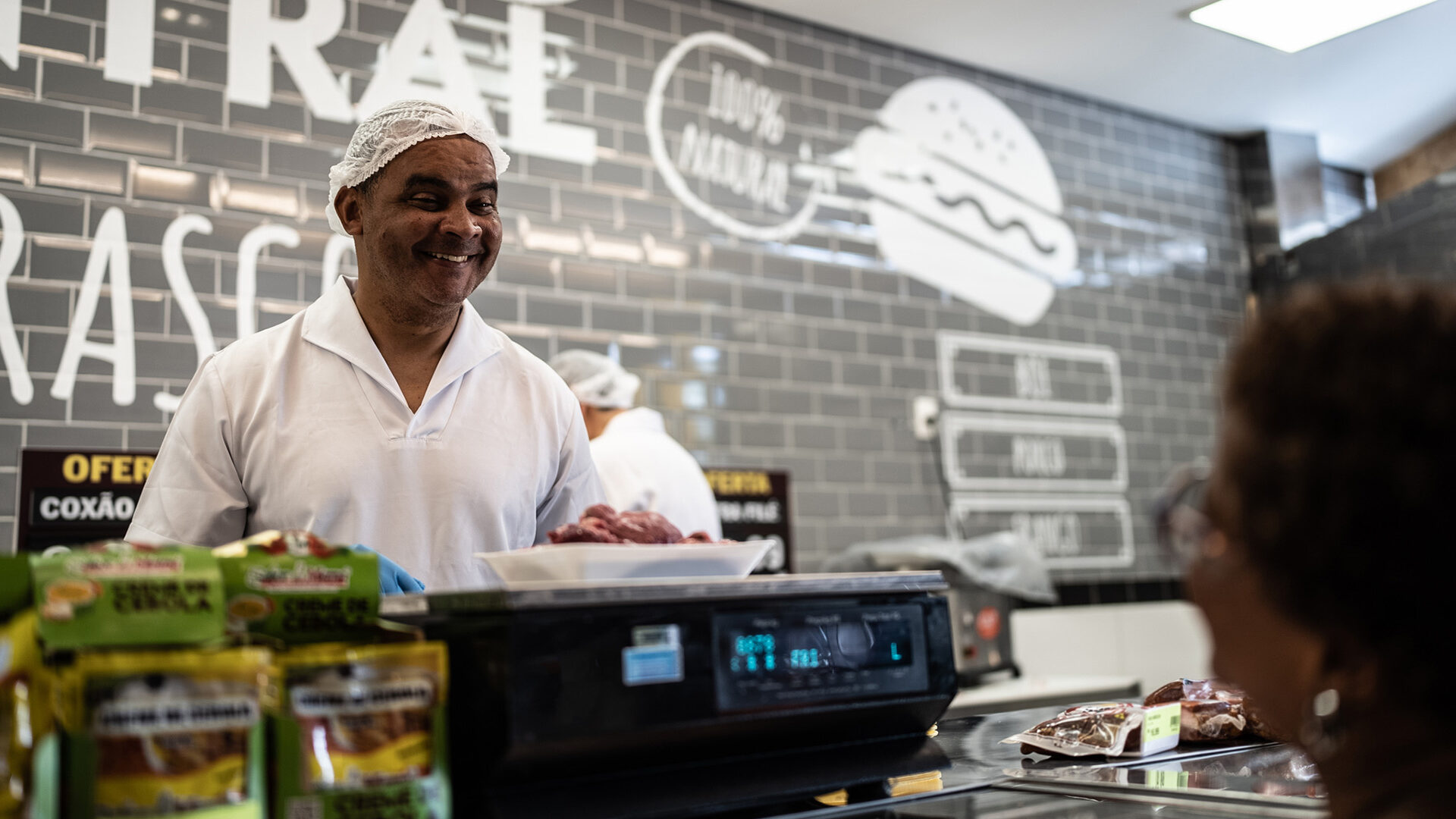4 minute read
DIY: Optimizing Customer Experience With Self-Checkout

Mary Field, Implementation Advisor
Research bears out that most customers prefer self-checkouts (SCO) over a store associate, but also that most of those customers experience frustrations when using the SCO. If you are a retailer that offers SCO, you certainly understand the benefits that this technology offers. When staffed and utilized effectively, they are extremely helpful in maximizing the efficiency of your workforce and allowing some flexibility to manage through the highs and lows in customer traffic. If you are a customer that uses this technology, the relationship may be “love/hate.” In this post we discuss some of the common difficulties that customers experience with SCO and how retailers can minimize those frustrations.
Common SCO challenges
SCO is a win from a retailer’s standpoint, but they must find ways to keep customers engaged and eager to use it while addressing SCO challenges. What are those challenges? They seem many. Consider the following:
- System Limitations. Customer frustrations are often rooted in the shortcomings of the SCO system software. “Unrecognized item in the bagging area” is a common error that has been a thorn in the side of customers since the inception of the technology and has since become the source of many memes. Not only does the machine announce this, but the customer may be confused on what to do. There can be confusion on when customers can remove bags from the area: before being completely checked out or not? System inconsistency from retailer to retailer patronized by the customer adds to frustration if visual clues are lacking as to what is allowed. Payment systems vary (do I have to use the touchscreen or can I just insert a card?), and equipment not keeping up with the speed that customers check out are also frustrating limitations.
- Hardware/Layout Limitations. The physical layout of the SCO can also annoy the customer. Bagging platforms are designed for small orders and cannot contain larger orders as they are scanned. Layouts with multiple bag wells often require the customer to walk back and forth between the scanner and bag location. The SCO area itself often has a small footprint, causing customers to bump into one another or large orders to overrun each other.
- Restricted Items. When attempting to purchase restricted items and an ID needs to be checked, no one is around to do it. If the SCO is configured to require an ID check before more items can be scanned, rather than allow the customer to wait until the end of the transaction, the frustration is intense. The same frustration may occur with high-theft items that don’t require an ID check but do require an employee to unlock the item.
- Staffing. Resolving SCO challenges, even when not directly related to staffing, often requires intervention from an employee. At busy times or in layouts with many SCO points, this may mean the customer waits for an extended time. With lower-volume locations and slower times of day, SCO employees may be shared with registers or other duties. And in some unfortunate cases, when less attentive employees are manning SCO there can be frustration just trying to track someone down
So, what’s the solution? Many retailers in the UK and the US are finding ways to minimize these frustrations for their customers. Most can be managed by making sure that the machines are well staffed with individuals that are well trained and have the right attitude. You want someone who will engage with the customers, is willing to train them to use the SCO properly and is ready and able to jump in to assist if an error occurs. To do this well, it is important to understand the true needs for your staffing and to use data to determine the best times self-checkout should be open and when more than one cashier might be needed to man the machines. Overstaffing not only results in unnecessary costs but can decrease customer satisfaction. I’ve seen attendants more interested in visiting with their co-worker than supporting their customers.
To weigh or not to weigh
Although the importance of skilled employees well utilized cannot be overstated, changes in system configuration and maintenance should also be considered. For instance, to weigh or not to weigh? Some retailers have opted to deactivate the weigh features of the SCO to reduce the number of errors for unmatched weights. Although this is effective for eliminating the errors, this puts the business at additional risk of theft. By performing needed maintenance, retailers can reduce the number of errors that occur during checkout. Self-checkout machines store item weights when there is an item that does not match the weight. If the attendant simply clears the error without correcting the problem, the machine stores the new weight for that item. Regular maintenance needs to occur to clear these overrides and restore system settings. Before the maintenance is completed, reports can be run to see which machines are having the most issues and determine if additional training is needed to prevent unneeded overrides.
Future for SCO
Looking to the future of SCO in the US, we can observe our fellow retailers in the UK as well as future technology that the biggest suppliers of the machines and software (NCR) have in development. There have been some fun developments of using different voices for the machine. There is one retailer in the UK that has used the voice of Elvis and other celebrities to greet and direct their customers through the checkout process. We can only hope that retailers in the US follow suit on that trend. NCR is also looking for ways to make the checkout process easier for customers with larger orders by designing layouts that allow users to scan and bag with enough space and in an ergonomic way. Several retailers are already taking advantage of some advances in this technology, such as using sophisticated cameras to identify produce before weighing, eliminating the need for customers to search to key in codes.
The use of self-checkouts around the world is growing and this trend is expected to continue. By 2026 it is expected that there will be 1.5 million SCOs installed globally. More and more customers are learning to use and embrace them as a way of life. Although, there will always be some that shy away, by understanding the technology and their customer, and using their employees effectively, retailers can make what is often a frustration into a more enjoyable experience.



